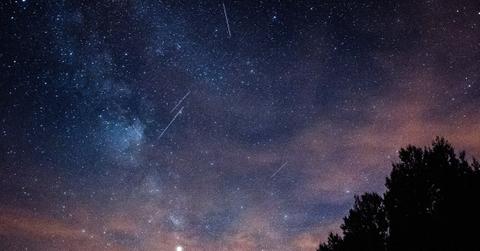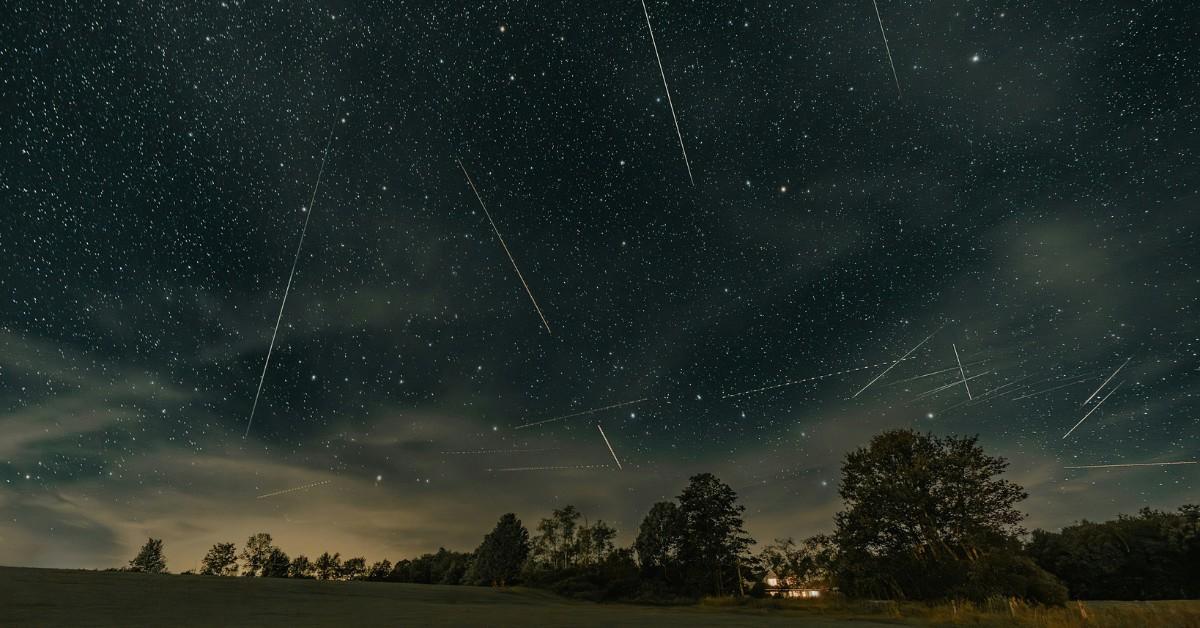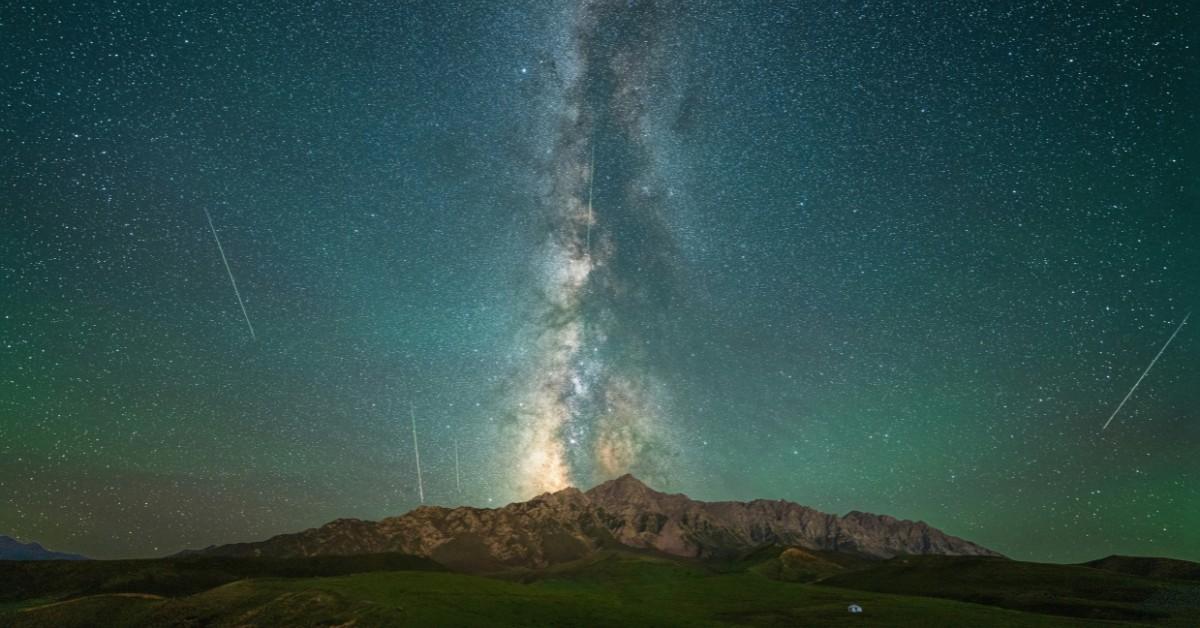Everything You Need to Know About the April 2025 Lyrid Meteor Shower
The annual event typically occurs towards the end of April.
Published March 31 2025, 2:33 p.m. ET

Stargazers will want to turn their eyes to the skies in April so they can watch the Lyrid meteor shower. This annual event takes place during the same two-week span each year, and often allows both professional and amateur stargazers to catch quite a show. But, not everyone will get the same spectacular view, which means it's important to plan ahead if you want to watch.
Keep reading to learn where in the USA you can get the best view of the 2025 Lyrid meteor shower, including when you'll need to head outside to catch it. And, don't worry, if you miss this year's shower you should get another chance to check it out in 2026.

Where in the USA can you watch the 2025 Lyrid meteor shower?
There's good news for U.S. sky watchers; the Lyrid meteor shower will be visible across the country. But, in order to get the absolute best view of the meteor shower, Space.com says you'll need to head somewhere with little to no light pollution to see it.
That may mean traveling out of urban and residential areas, and heading to remote areas with wide open views of the night sky. According to Travel & Leisure, some of the darkest places in the U.S. include:
- Big Bend National Park, Texas
- Great Sand Dunes National Park and Preserve, Colorado
- Glacier National Park, Montana
- Death Valley National Park, California
- Central Idaho Dark Sky Reserve, Idaho
- Katahdin Woods and Waters National Monument, Maine
- Grand Canyon National Park, Arizona
- Great Basin National Park, Nevada
- Cherry Springs State Park, Pennsylvania
- Stephen C. Foster State Park, Georgia
- Oregon Outback International Sky Sanctuary, Oregon

What time should you go outside to see the Lyrid meteor shower?
Now that you know the date and where to go, it's important to set yourself up for success by heading outside at the right time. According to Space.com, that means going out just before dawn, when the shower will be at the highest point in the sky.
Just keep in mind, while this means you'll have better visibility of the shower — which has a Zenithal Hourly Rate (ZHR) of 18, meaning that you should be able to witness 18 meteors during the peak activity hour — you'll have less time to enjoy it.
That's because the meteors will become less visible as the sun begins to rise. But, the tradeoff is that you'll likely have the clearest viewing window during that time.
Space.com also cautions hopeful stargazers to come prepared when they show up for the meteor shower, which involves bringing warm clothing and a hot beverage so that you can help regulate your body temperature overnight.
Additionally, the website says bringing a flashlight with a red light will help you to see what's going on around you without compromising your view of the Lyrid meteors. Lastly, they suggest using a deck chair with a slight incline while you wait. This will give you a better view of the sky without putting undo strain on your neck.
Because you don't want to miss one of those 18 meteors because you had to take a break because you were uncomfortable.